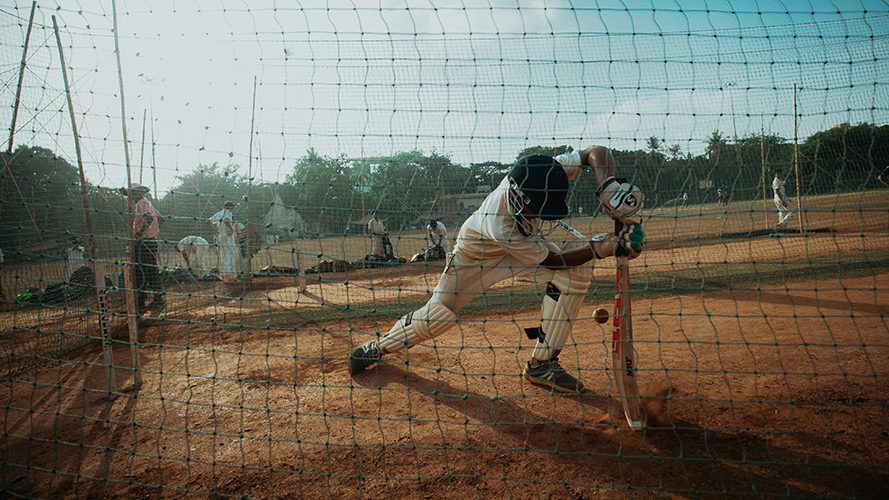With cricket growing massively in popularity all over the world, many people aspire to be like the top players. But what does it take to reach these top ranks? Like all international sports, cricketers start at the rudimentary levels and build up gradually. Some will become competitive and only a select few will make it to the pros.
So what are the characteristics necessary to make it to the top? Let’s take a look at the development of a top cricketer, starting from the beginning.

Starting out
When children first start in cricket, the style that they begin playing depends on how old they are when they first start playing. Children under 10, usually start with smaller, “soft” balls because the hard ones are too much for them to handle yet.
For children 11 and older, they start getting used to working with a proper ball of the sort that is used in international competition.
Children usually start in group lessons, but those who show particular talent and whose parents have the means can take additional one-on-one lessons to improve their skills.
Transition to hardball and moving up
The big transition for kids comes when they switch from softballs to hard ones. Many find the professional ball too difficult to work with, and they stop training. It is during the early teen years that national scouts first start seeking out top talent.
When scouts see kids that they think have promise, they are invited to take part in special training sessions where experts can take a closer look and assess their skills on a more fine-tuned level. The most talented kids train and play against one another so that their various levels can be tested.
After this, the best players are encouraged to join their nations’ top training academies. If the clubs don’t offer the highest levels to the most talented kids, they need to find a more challenging training environment.
Becoming a pro
It is from these top training academies that players are selected to join the professional ranks. If national coaches see sufficient potential in certain players, they are invited to play in second games.
From there, a very select few will be offered short-term contracts with the pros. The majority won’t make it this far, but it is every youngster’s dream to make it to these ranks.
Once a player starts with a short-term contract, he needs to prove that he is worthy of being part of his country’s elite group. It happens more often than not that short-term contracts are not renewed, and every player that signs one knows the stakes involved. It is only after showing consistent proficiency for two years that a player retains his spot on the national team.
Standards vary slightly, but not much
Every country has a slight variation in its standards for making it to the top. The process is usually similar, though. As national teams in all countries are the same size, coaches need to weed out the average players from the truly great ones very carefully. And this is how international contests become so fierce.
It is of course at the pro level that games get exciting. The ICC World Cup, the Indian Premier League, and other big contests are ones that people look forward to all over the globe. If you look at the cricket World Cup winners list, you will see some of the most famous names of athletes worldwide in any sport.
People are betting
Once people become well-versed in the sport, they are putting their money into it. Nowadays, there are numerous online forums for gathering statistics and info on different teams, and you can also find any number of ways to stream games online. You can find a betting app IPL easily and try your luck with it.
Only the best
Only the best will make it to the top of the ranks. But this can’t stop many others from participating. As the sport continues to grow globally, we will see top players becoming even better and better, adding to the excitement that it provides all of us. And this will contribute to the growth of athleticism as a whole.
